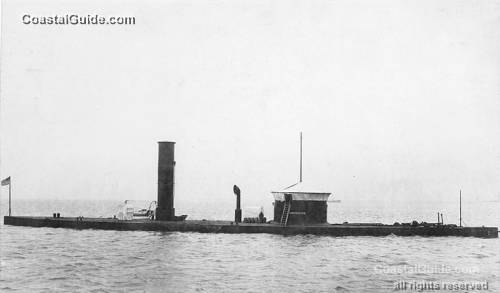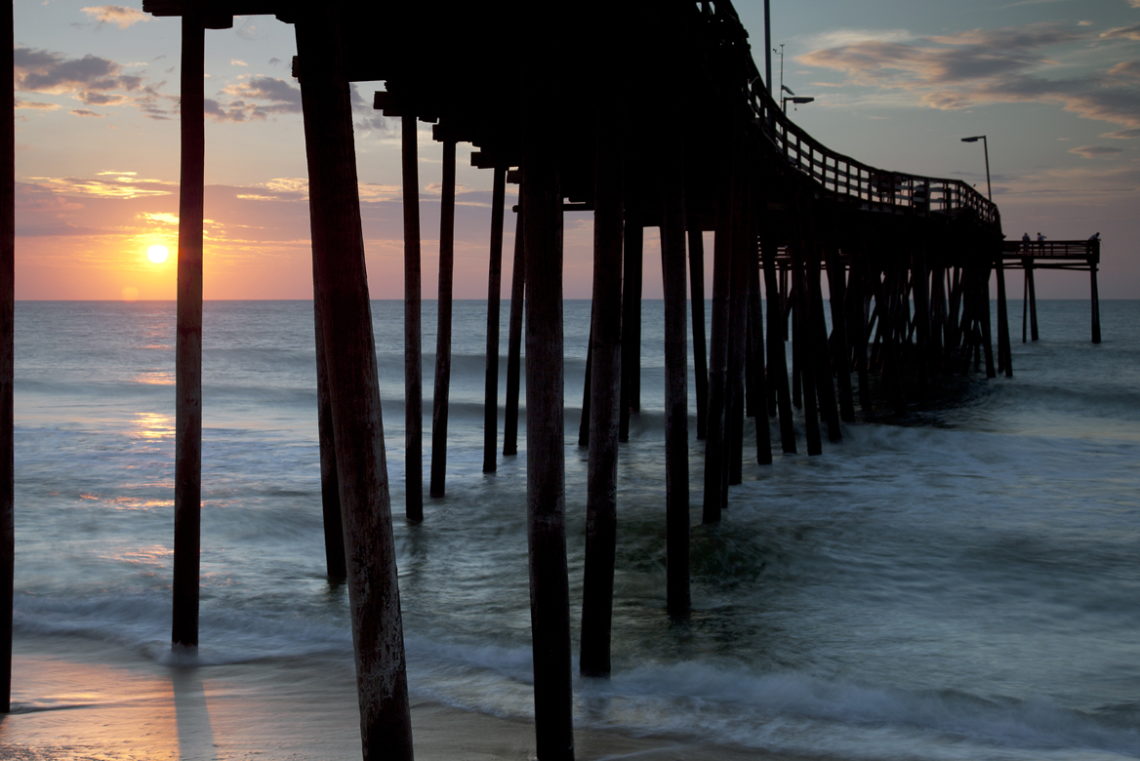
USS Canonicus, name ship of a class of nine 2100-ton monitors, was built at Boston, Massachusetts. Commissioned in April 1864, she served in the James River area of Virginia from May 1864 until late in the year, taking part in engagements with Confederate batteries on 21 June, 16 August and 5-6 December. On 24-25 December 1864, Canonicus helped bombard Fort Fisher, on the North Carolina coast, in an abortive attempt to capture that vital enemy strongpoint. Returning to the scene in mid-January, she was part of a large fleet that relentlessly shelled the fort, preparing the way for a successful ground assault that took the position. This operation closed the port of Wilmington to further blockade running and markedly hastened the collapse of the Confederacy.
For the rest of the Civil War, Canonicus was mainly stationed off Charleston, South Carolina, though toward the end of the conflict she made a voyage to Havana, Cuba, in search of the Confederate ironclad Stonewall. The monitor was decommissioned in late June 1865. While in reserve, she was renamed Scylla for less than two months in June-August 1869 before regaining her original name. Canonicus returned to commissioned status for Atlantic coast and Gulf of Mexico cruises from 1872 until 1877, when she was laid up for the last time. Though she saw no further active service, the old ironclad was towed to Hampton Roads, Virginia, in mid-1907 for exhibit during the Jamestown Exposition. The last survivor of the Navy's once-large fleet of Civil War monitors, she was sold for scrapping the next year.





